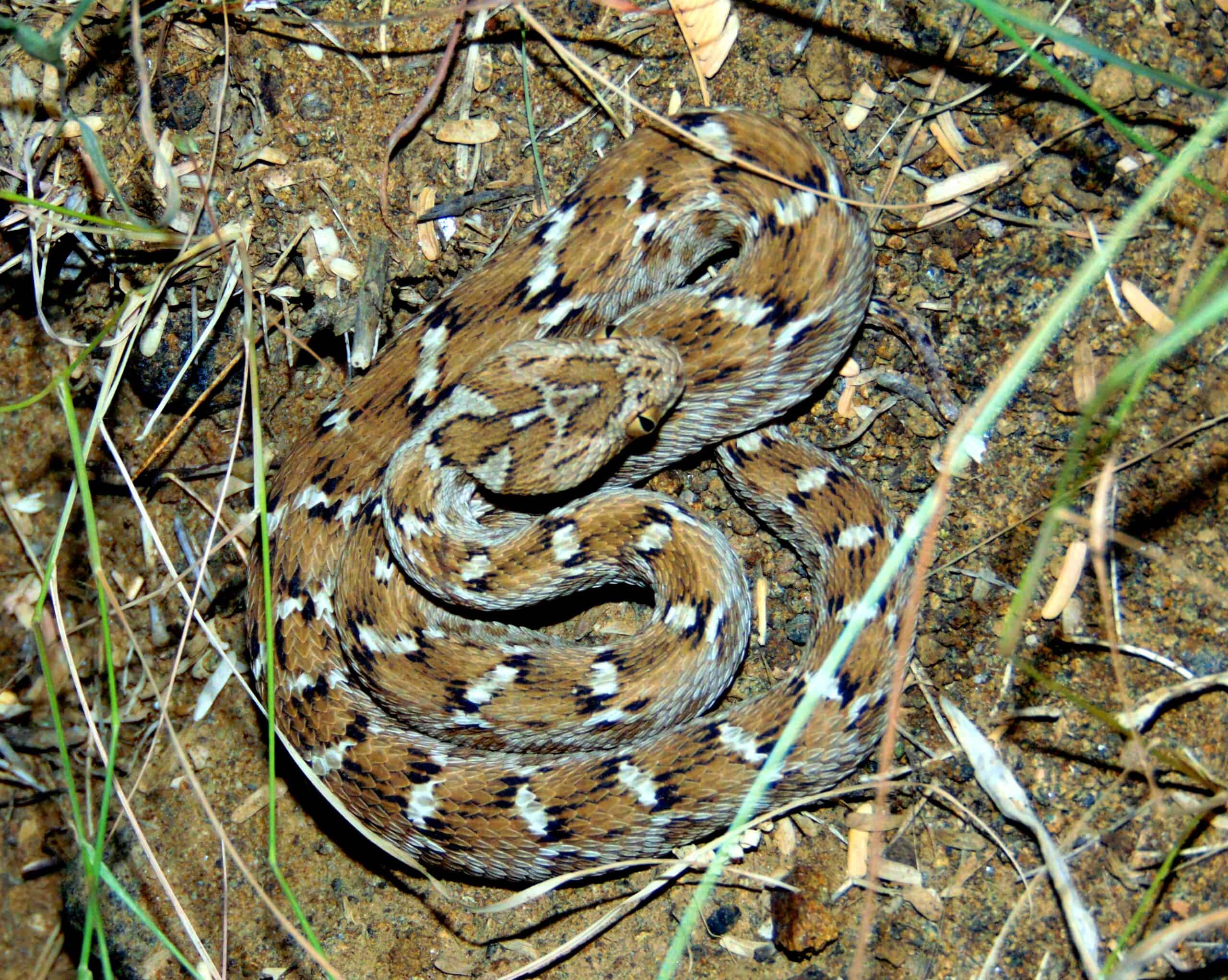Share this article
TWS submits testimony on Interior appropriations
The Wildlife Society submitted written testimony to Congress last week on fiscal year 2019 (FY2019) appropriations for programs that support wildlife professionals and their work to conserve wildlife species and habitat.
The testimony focused on spending levels for programs in the U.S. Fish and Wildlife Service, Bureau of Land Management, U.S. Geological Survey and the U.S. Forest Service. Recognizing the need to ensure science-based management and conservation actions are supported, and the increased overall spending levels provided by Congress in February, TWS suggested increases for several programs. Last month, TWS submitted testimony focused on other programs in the U.S. Department of Agriculture.
As part of the testimony, TWS requested a $100 million increase for the USFWS’ National Wildlife Refuge System (NWRS) operations and maintenance accounts to enhance wildlife management and address maintenance backlogs on refuges. The Cooperative Alliance for Refuge Enhancement (CARE), of which TWS is a member, estimates that NWRS needs at least $900 million in annual operations and maintenance funding to manage ecosystems and provide recreational opportunities.
TWS also asked Congress to reinstate funding for the BLM’s Wild Horse and Burro Management program at the FY2017 level of $80.6 million, and to remove an associated policy rider. The FY2018 budget reduced the program’s funding from $80.6 million to $75 million.
Legally-defined “wild” horse and burro populations on western rangelands have grown to more than 82,000 individuals, exceeding the BLM’s threshold for ecologically-sustainable populations by more than 50,000. The BLM removes excess horses and burros and houses them off-range.
A current policy rider in the Interior appropriations bill limits the sale or destruction of unwanted or unadoptable wild horses and burros, which results in the continued use of BLM funds to house these animals instead of investing in rangeland conservation and wildlife management. TWS has previously argued that removing the rider and reducing the number of animals housed off-range would allow the BLM to bring horse and burro populations to ecologically-sustainable levels without the need of substantial budget increases in the future.
TWS also requested that Congress increase funding for all USFS Research and Development to a minimum of $307 million to support research with broad environmental and societal implications, including wildlife-habitat interactions that can inform land management decisions.
The USGS Coalition, of which TWS is a member, has requested a $1.2 billion budget for the USGS in FY2019. In its testimony, TWS specifically requested at least $24 million for the Cooperative Research Units (CRU) program, which establishes research partnerships between federal, state and academic professionals and graduate students to help inform wildlife conservation and policy decisions.
TWS also called attention to the State and Tribal Wildlife Grants Program (STWG). This program, found in the USFWS’ budget, is the only federal program that supports the implementation of State Wildlife Action Plans (SWAPs), which work to prevent species from being listed under the Endangered Species Act.
TWS requested that Congress increase STWG funding from $63.6 million to $70 million to continue to protect at-risk species and prevent increased ESA listings.
Last week, a record 45 Senators signed a letter supporting “the most robust funding possible” for STWG for FY2019. The letter was delivered to Lisa Murkowski, (R-AK), chairwoman of the Subcommittee on the Interior, Environment, and Related Agencies, and ranking member Tom Udall,(D-NM) TWS worked with the National Wildlife Federation, the Association of Fish and Wildlife Agencies and the American Fisheries Society to encourage Senate members to support the letter.
Last month, a similar “dear colleagues” letter was submitted to the House Subcommittee on Interior, Environment and Related Agencies asking for robust STWG funding, with 169 signatures from Congress members.
President Trump submitted his FY2019 budget proposal on Feb. 12, the first step in the appropriations process. Congressional appropriations subcommittees are currently holding hearings and gathering testimony in their review of the proposed spending levels. Committees will draft and report spending bills later this summer.
Read more on the budget process in the TWS Policy Brief on the Congressional Appropriations Process.
Header Image: The bobcat (Lynx rufus) is a species of greatest concern in Delaware’s State Wildlife Action Plan, which is supported by the federal State and Tribal Wildlife Grants Program. ©dbarronoss









